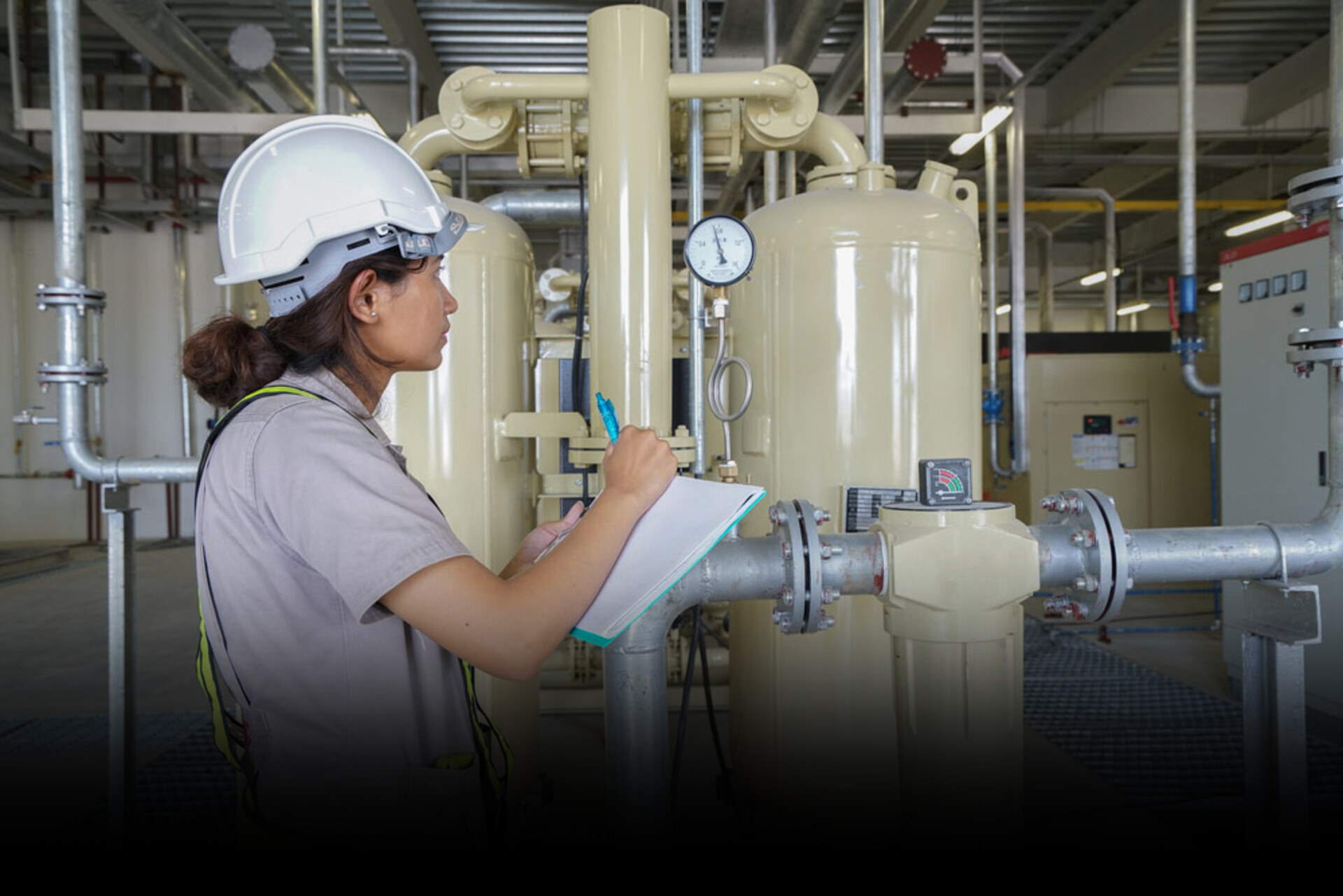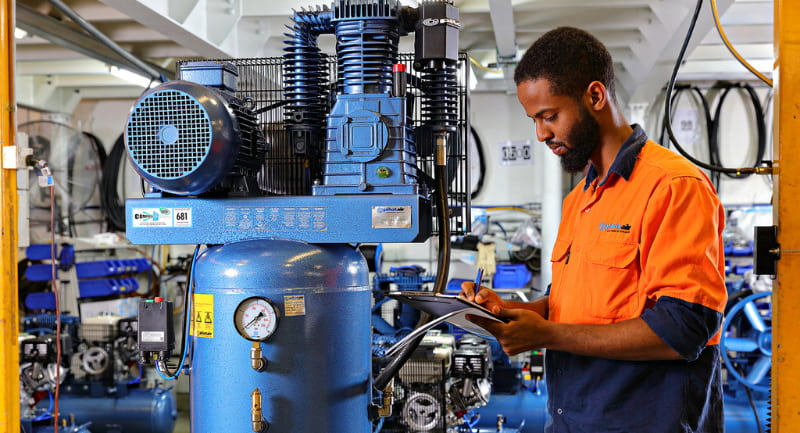
No Time to Read?
Let’s Explore the Blog Together to Know What’s Inside in 5 min summary video
Recapping Part 2 which introduced advanced compressed air items control measures The production lines are almost not devoid of compressed air lines to close / open the valves, vehicle, carpentry and blacksmithing workshops, you may find more than one air compressor with various capacities.
Compressors items were listed into four headlines:
Read first ``Safety Tips to Operate Air Compressors Pt.2``
Training
Many accidents would be avoided if adequate training was provided. So regulations requires every employer to provide such information, instruction, training and supervision as is necessary to ensure, so far as is reasonably practicable, the health and safety at work of their employees. Supervisors and workers including maintenance personnel must be given proper training in safe working practices
The training program include:
- Hazards associated with compressed air
- Never use compressed air for cleaning your clothing
- Hazards of horseplay with compressed air
- Special training and supervision for young people
- Pointing compressed air tools away from the body
- Hazards of using compressed air near a naked flame
- Reporting defects in equipment
- Never misuse or abuse safety and monitoring devices

Associated opertaions with compressed air systems control measures / precuations
a) Installation of compressors
1. Small size units should be mounted at ground level
2. Avoid mounting where there is excessive vibration
3. Keep away from source of heat to
4. Keep away from freezing
5. Provided good ventilating to prevent overheating

6. For good operating condition
a) Keep away from high humid/moisure area
b) Sited away from dusty atmospheres
c) The air intake should be provided with an efficient filter
7. Prevention noise risks ( damage to Hearing ):
a) Ask for noise emission information
b) Issue noise assessment
c) Mount as practicable the compressor away from work areas
d) Provide acoustic enclosure
e) Providing anti-vibration mountings
f) Restrict noise area ( only for authorized persons and wearing suitable and effective ear protection )
8. Suitability of compressor specifications to type of needed work shall be considered
9. Considieration when installed in possible hazardous areas ( e.g. Garage pits )
10. Adequate and sufficient access ways to enable operation and maintainance without exposing anyone to unnecessary risk
11. Should be mounted away from any areas where it may be vulnerable to mechanical damage
12. Advisable where possible, be installed in separate rooms adjacent to the main building
13. Manufacturer’s instructions regarding system design and installation should be followed
No Safety – Know Pain, Know Safety – No Pain
– Safety Advisor
Inspection and maintenance
Failing to find Fault on pneumatic machinery/ air system can be hazardous. Trial and error methods of locating a fault is very disastrous
Control measures / precuations
a) Minimize the need for trial and error methods of locating a fault
b) Never hesitate to ask for assistance to fault finding
c) Keen on cleanliness, filtration, cooling and lubrication.
d) Follow the operator’s / manufacturer’s manual
e) Plam and draw up and follow a written schedule of maintenance
f) Never use flammable liquids for cleaning
g) Check on daily basis:
1. Check cooling water status by making sure that it is circulating properly
2. Check lubrication oil level
3. Record oil consumption to identify if technical fault is arising
4. Observe outlet pressure and temperature
5. Listen for any unusual noises
h) Ensure that written schedule clearly identify:
1. Areas for attention,
2. How often attention should be given
3. The responsibilities of technicians, engineers and supervisors
i) Surrounding plant should be kept clean and free from oil deposits
j) Isolate compressor from power to make sure it is dead before any maintenance work
k) Never use flame for inspecting the interior of a compressor, pressure vessel or pipework



